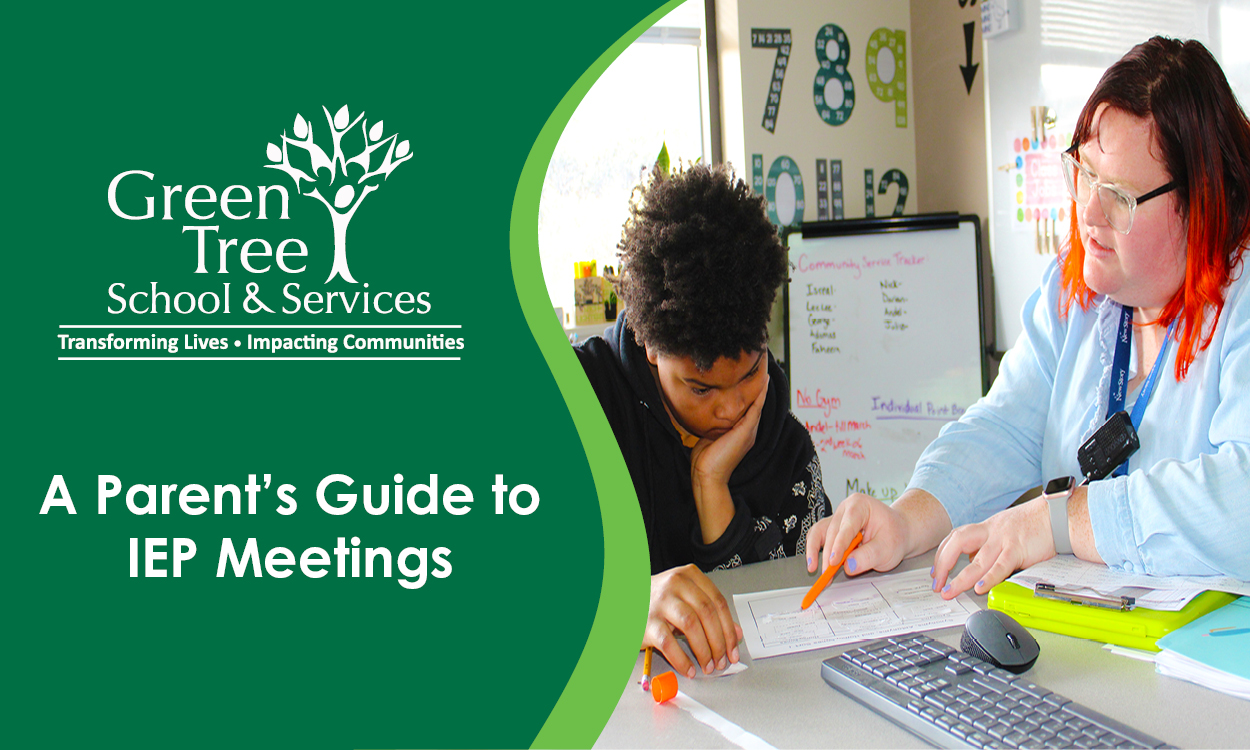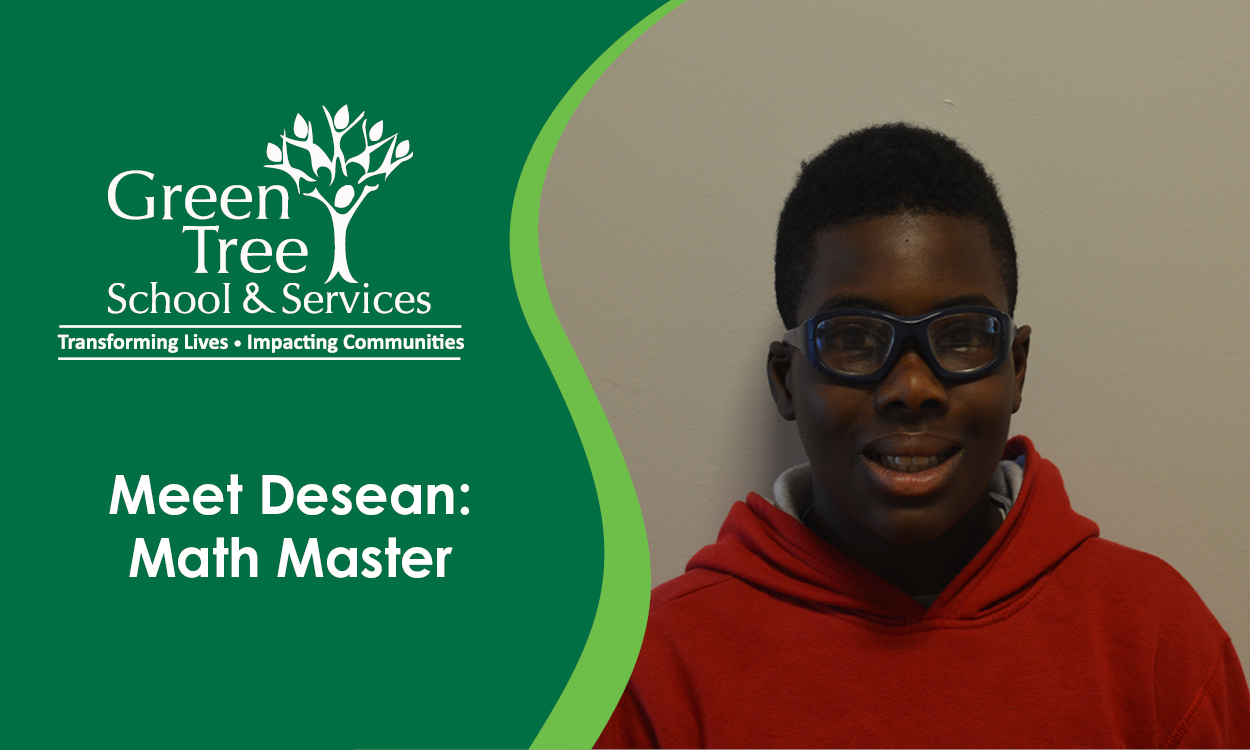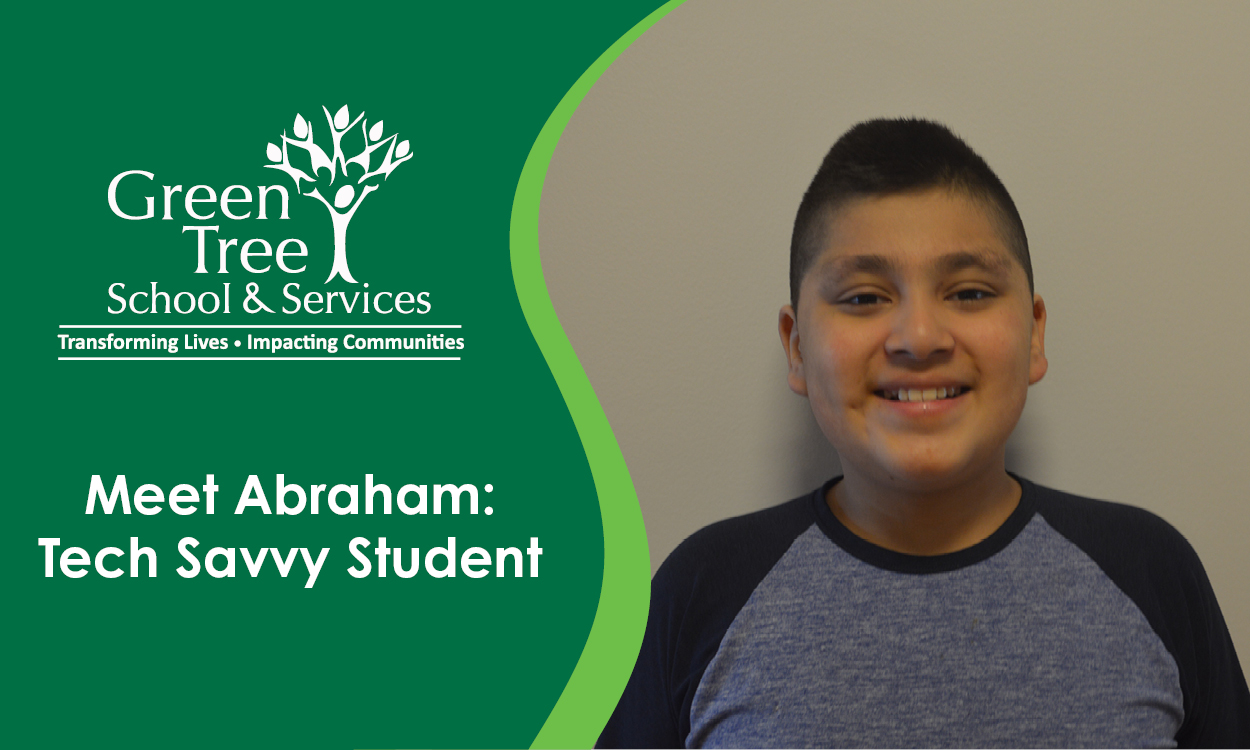Understanding Functional Behavior Assessments
Posted: May 10, 2021 | Written By: Carina Baldacci | Category: Applied Behavior Analysis

Carina Baldacci, MA, BCBA, LBS
Clinical Director, New Story Schools Throop
Individuals engage in behaviors for many different reasons. Typically, they want to obtain something, avoid something, request another person’s attention, or seek sensory stimulation. Problem behaviors can occur when an individual is either not receiving or avoiding what they want, or when the behavior they are engaging in has given them what they wanted in the past.
One option special education professionals use to address problem behaviors is a Functional Behavior Assessment. If you’ve heard this term before, but aren’t sure what it really means, look no further!
What is a Functional Behavior Assessment?
A Functional Behavior Assessment (FBA) is a method that identifies problem behaviors while developing interventions to enhance appropriate alternative behaviors or to decrease or eliminate problem behaviors.
An FBA consists of multiple components that form a comprehensive theory to identify the functions of behaviors. In short, this helps the team understand why a student engages in these behaviors and how reactions from others reinforce them.
Before conducting a Functional Behavior Assessment, the member of the student’s multidisciplinary team must answer some questions, most importantly, “what does the problem behavior look like?”
How to Define Problem Behavior?
In order to begin gathering information to conduct an FBA, all team members, parents included, need to have the same understanding, or definition, of what the problem behavior looks like. It is important to operationally define a behavior, so that anyone who is observing the behavior could collect data and recognize the behavior in the same manner as another observer.
For instance, if the problem behavior we were observing was simply defined as, “calling out”, two observers may witness a student answering a question out loud (without the teacher calling on him) and only one of them considers it a problem behavior. However, if we operationally defined the term “calling out” as, “speaking out loud, during class time, when you are not called upon by the teacher or directed to speak prior to initiating your response”, then both observers would be able to agree that the student did engage in the problem behavior.
Conducting a Functional Behavior Assessment
An FBA is an important tool, and building one requires a lot of different steps. Some of these could include:
- Indirect Observation: this method of observation includes questionnaires, interviews, etc. with at least two or more individuals who work most closely with the student (e.g. parent, teacher, classroom aide) and has observed the student in a variety of settings (e.g. home, school, community). Questions within these interviews include details about what a student does before, during and after a behavior. This is the more subjective method of observation.
- Direct Observation: this includes data collection that is gathered by a Behavior Consultant or Analyst. They might collect information on the frequency, duration, intensity, etc. of a behavior or episode of behaviors. Direct observation helps the Behavior Consultant or Behavior Analyst determine if the behavior of concern is occurring at a certain time of day or week, setting, around certain people, or during structured/unstructured times.
- Hypothesis/Determining the Function of Behavior: Once indirect and direct observation methods have been completed, they are analyzed and compared, and a hypothesis is developed in order to better understand what is causing these problem behaviors, as well as why they continue to occur. It is important to remember that how we respond to an individual’s behavior today will set up how that individual may behave tomorrow. For example, if we tell a child that they can skip their homework today because they said they were tired, then chances are that child will say they are tired tomorrow in hopes that they will be told they can skip their homework again.
What’s Next?
After determining our hypothesis and possible functions of behavior, the Behavior Analyst or Consultant will begin developing a Positive Behavior Support Plan that focuses on teaching and reinforcing appropriate/replacement behaviors while simultaneously offering new/motivating approaches before the behavior could even occur in hopes of preventing or, at least, reducing the problem behavior from occurring in the future.
Want to be notified of new articles and resources from Green Tree Schools? Click here to submit your email and opt into our newsletter.










